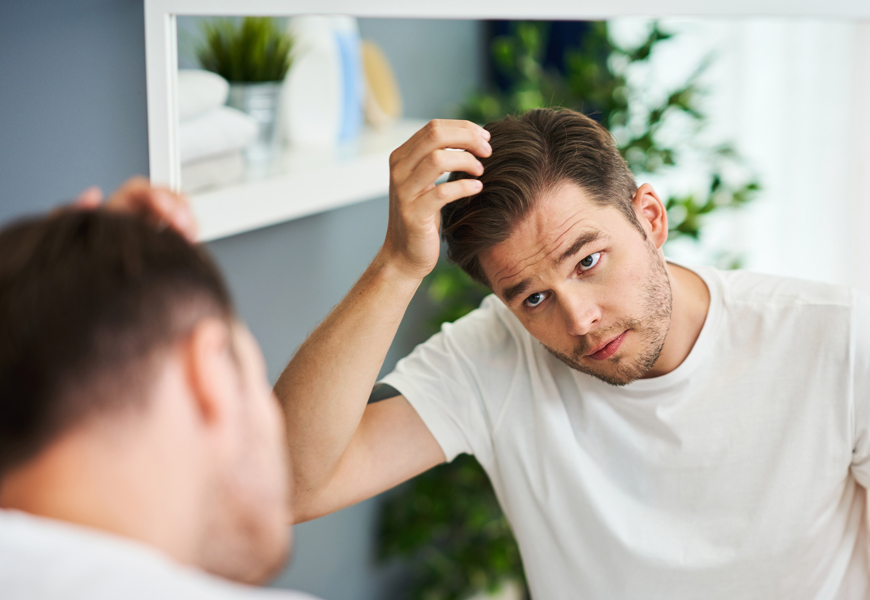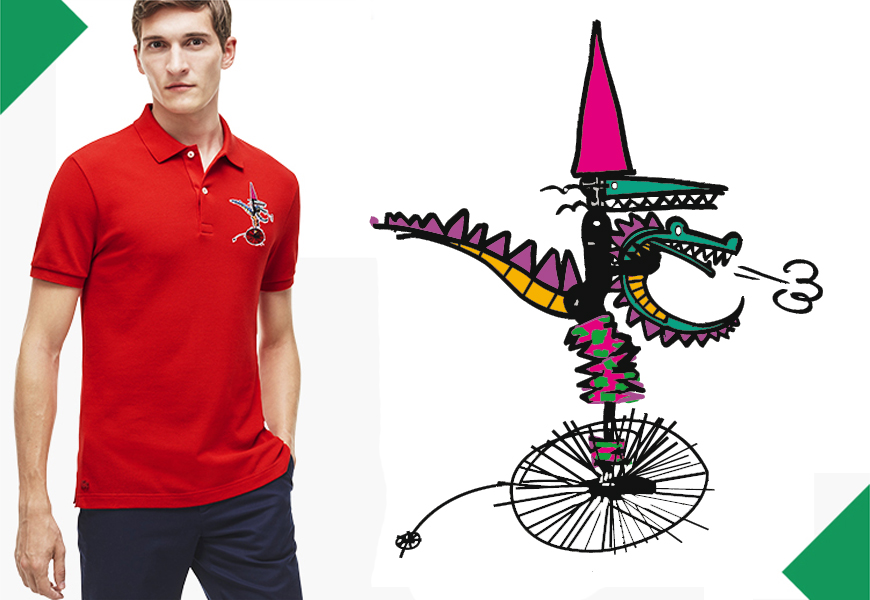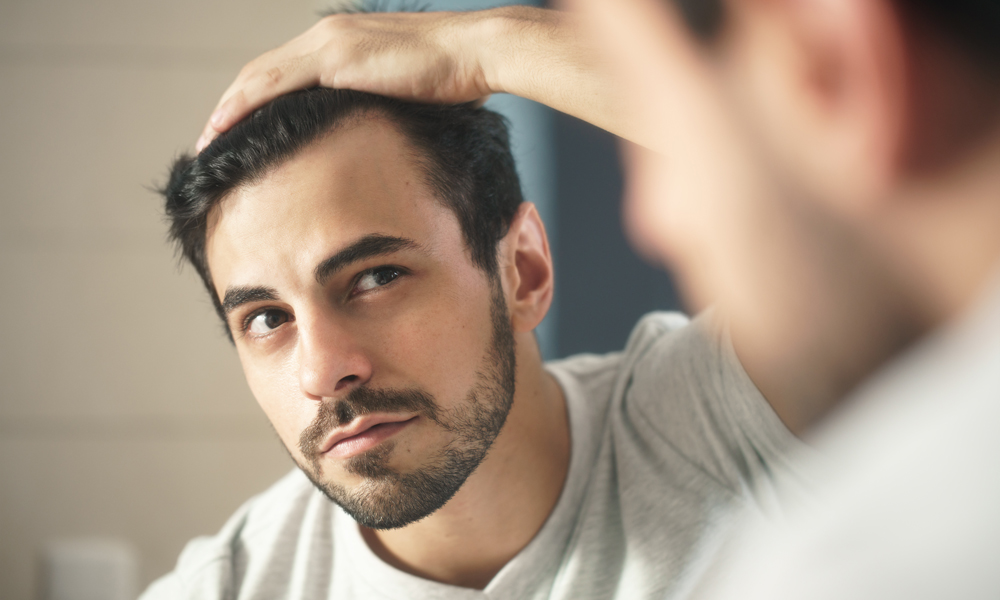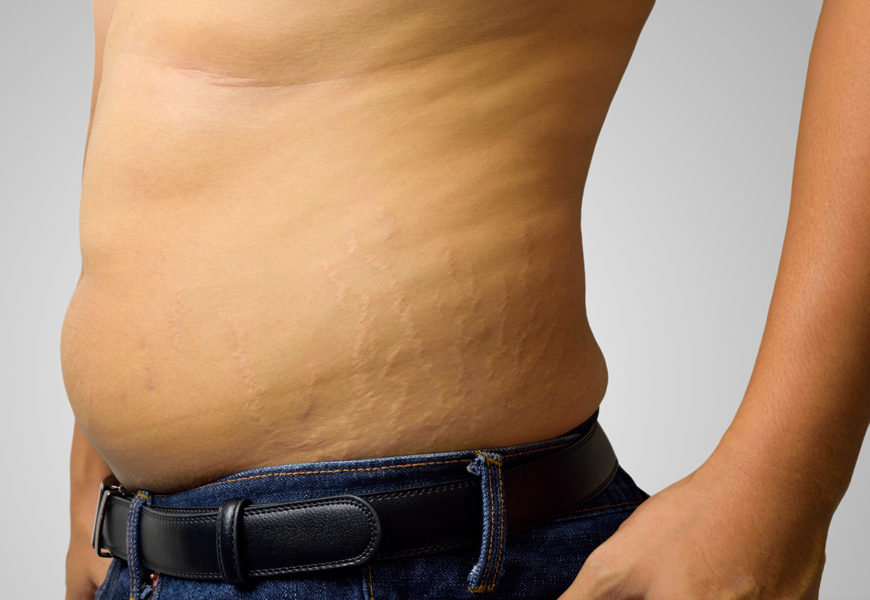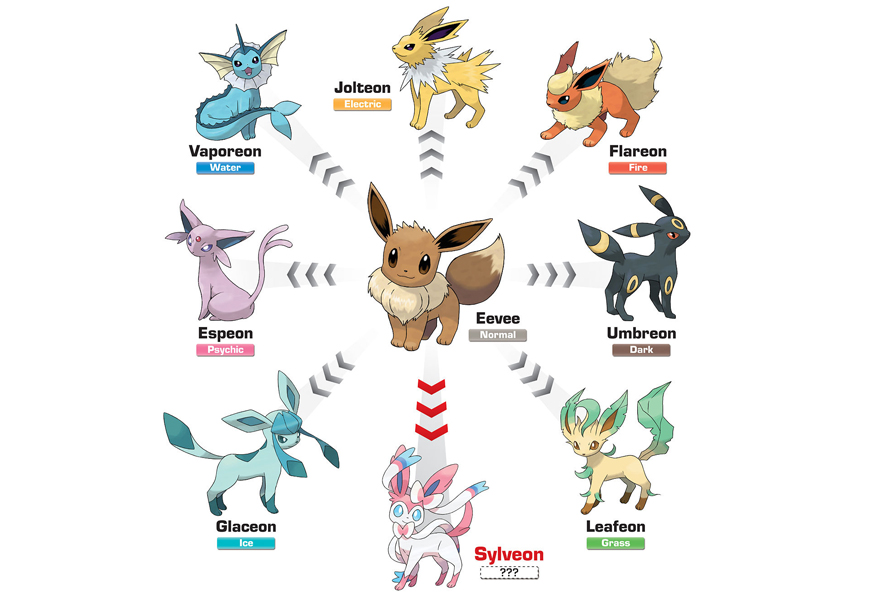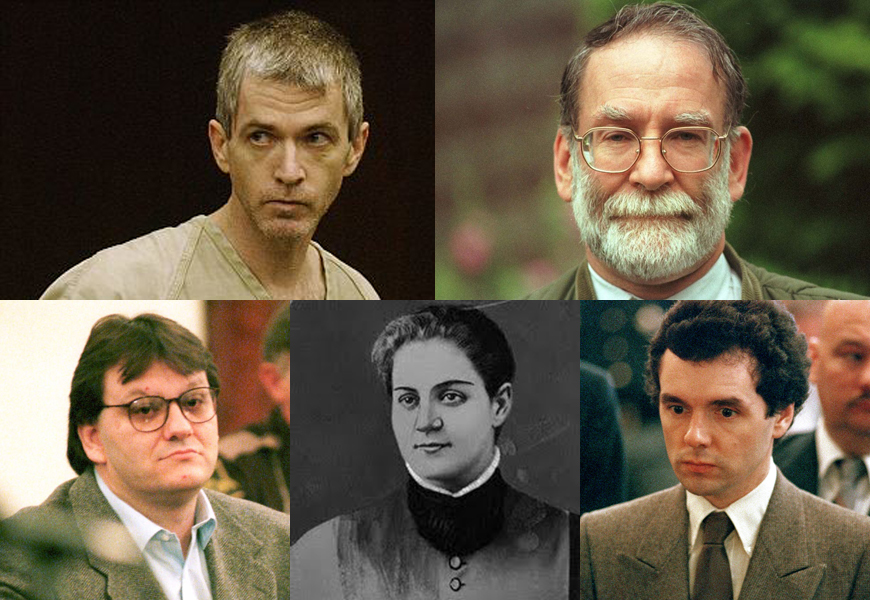August is Hair Loss Awareness month. Not as sexy as July’s National Tequila Day or as macho as India, Japan, Malaysia and Qatar’s National Sports Days for sure, but definitely an important conversation when you consider that the American Hair Loss Association says 25 per cent of men with hereditary male pattern baldness in their family will start losing their hair before the age of 21. Never mind that by the time you hit 50, it’s almost guaranteed you’ll join the 85 per cent of all men with thinning hair.
Nowadays though, sporting a shaved head or a closely cropped look can put you in some pretty stellar company. We’re talking about Michael Jordan, The Rock, Jason Statham and Taye Diggs, to name a few. Still, it’s smart to have all the facts, so we tapped into Maggie Melrose, the field education trainer for the Wella Company in Toronto, to share all the hair loss insight you need.
Why do men lose their hair?
Above and beyond your DNA, there are multiple reasons men can begin to experience hair loss. “From genetics, stress and living an unhealthy lifestyle to underlying medical conditions, medication and treatments,” explains Melrose. “By age 35, two-thirds of all men will experience some degree of hair loss.”
What is the difference between hair loss and hair thinning?
Excellent question, especially when you’re eyeing Uncle Bob’s ring around the ears and Uncle Bill’s ever-expanding forehead. “Hair loss is when the follicle can no longer reproduce hair,” says Melrose. “Hair thinning is when the hair shaft begins to grow thinner and finer, causing the miniaturization of the follicle. This usually begins to take place in the crown and temple area.” Spoiler alert: hair thinning can also sometimes be the beginning of the hair loss process.
Why is age associated with hair loss?
Well, most likely because that’s when everything else also begins to decline. With each decade, your eyesight isn’t as sharp, your face loses its plump youthfulness (courtesy of depleting collagen) and wrinkles and cow’s feet start to appear, so why should your hair be any different. That said, hair loss “can also begin as early as the teenage years,” adds Melrose. “Due to its connection to the production of dihydrotestosterone (DHT), hair loss varies from person to person. The first thing you may notice is more hair falling out or areas where your hair looks thinner than it used to.”
How can anti-hair loss shampoos, conditioners and treatments help?
Many of these topical products, like Nioxin’s three-part hair loss prevention system which includes a cleansing shampoo, scalp revitalizer and scalp treatment, work to strengthen, nourish and treat the hair at the scalp. Additionally they can remove follicle-clogging sebum, protect hair density by reducing hair loss due to breakage and increase the diameter of every hair strand. Why, how? Well, they’re formulated with ingredients like caffeine and essential oils such as peppermint, rosemary, lavender thyme, and cedar wood to stimulate the scalp to promote blood circulation. “These ingredients help promote a healthy scalp,” affirms Melrose. “Optimal hair growth only happens when the scalp is free from debris like a build up of excess sebum, dandruff or residue from hair products that may block up hair follicles across the scalp. A healthy scalp environment can help promote hair growth, prevent hair loss and can keep your hair healthy so it looks and feels amazing.”
What ingredients should men avoid using in their hair care?
“Men who are experiencing hair loss or thinning want to avoid anything that is going to leave an oily residue or cause them to produce more oil which can lead to clogged follicles,” advises Melrose. “You would also want to avoid low grade cleansing products that can leave build up on the scalp. When you are noticing your first signs of thinning, this is the time to be ingredient conscious and use a product that will help encourage a healthy scalp environment for optimal hair growth.”
Final words of advice?
Always include your barber or hair stylist in your hair loss or hair thinning conversation. They’ll be up to date on the best products and services and can often suggest questions to ask your doctor or dermatologist or even, recommend specialty services, like head tattooing to naturally mimic the look of very closely shaved hair. “Start the conversation,” says Melrose. “If you are concerned about hair loss or thinning talk to your stylist about how you can help promote a healthy scalp environment to produce your best head of hair.”

